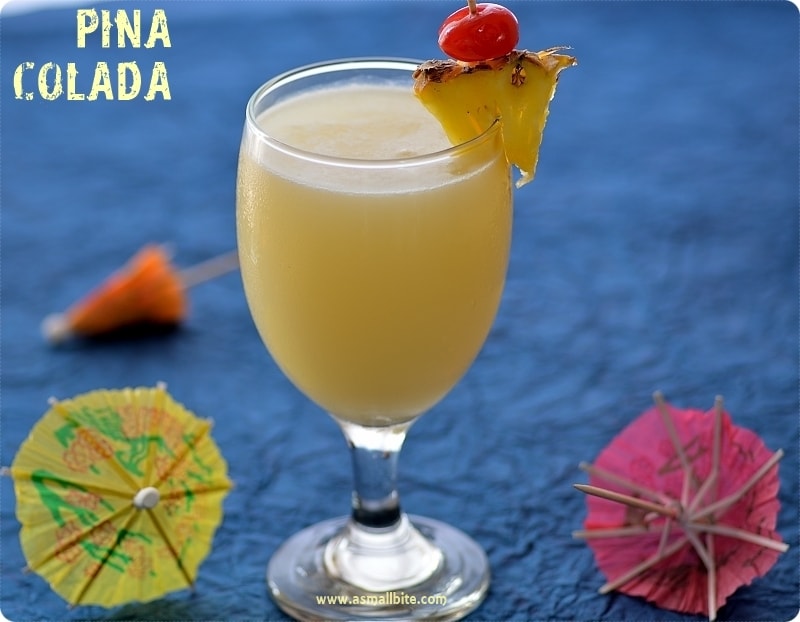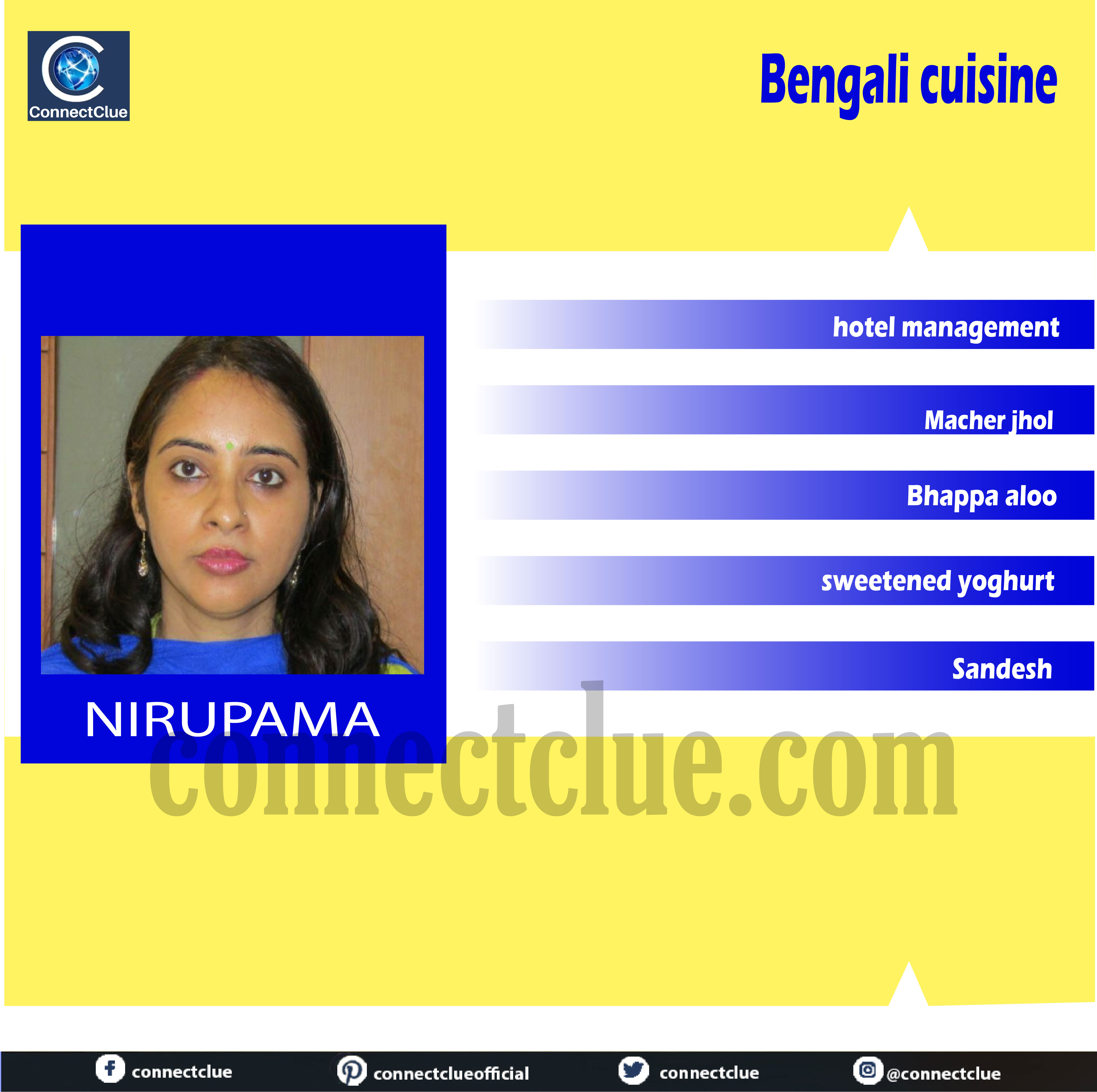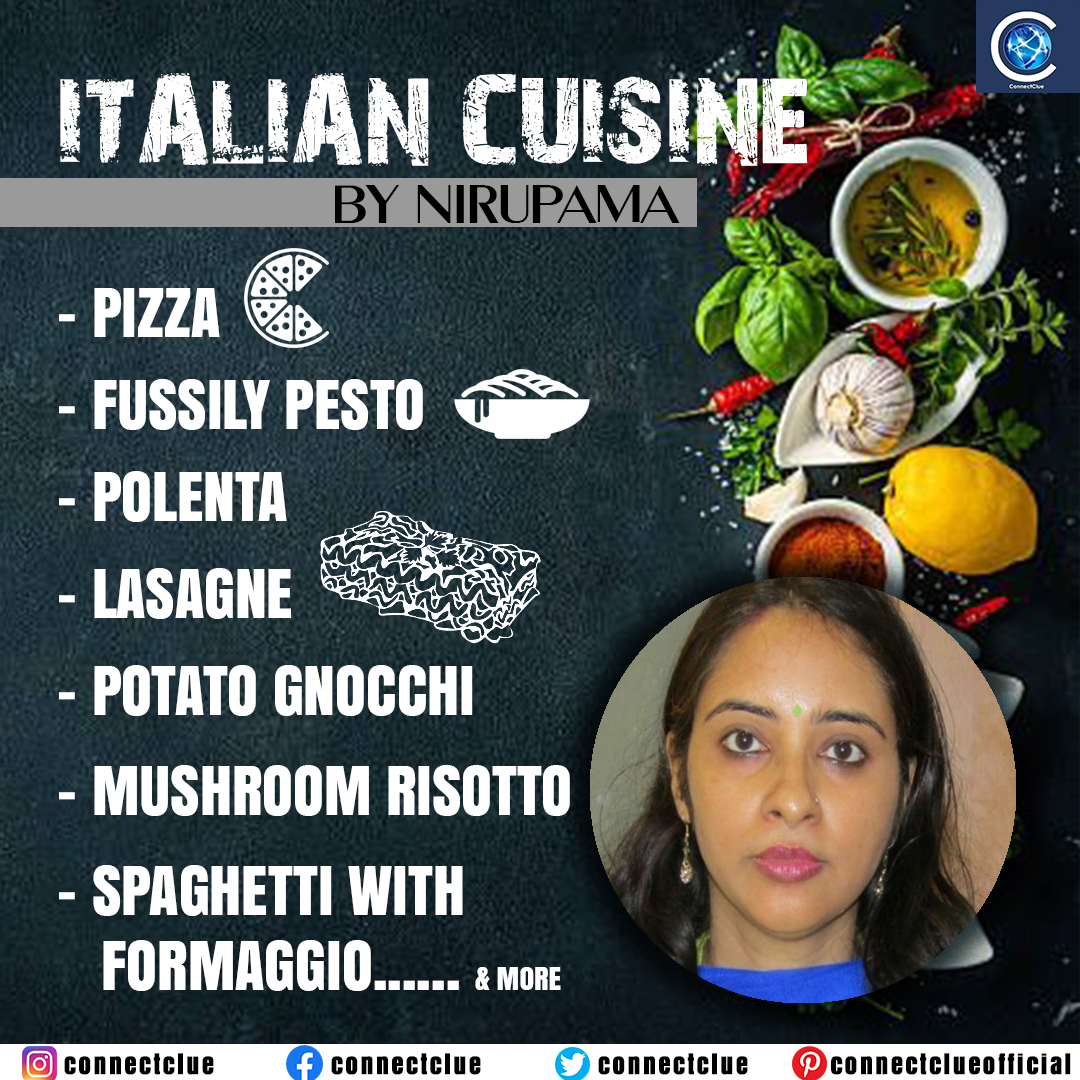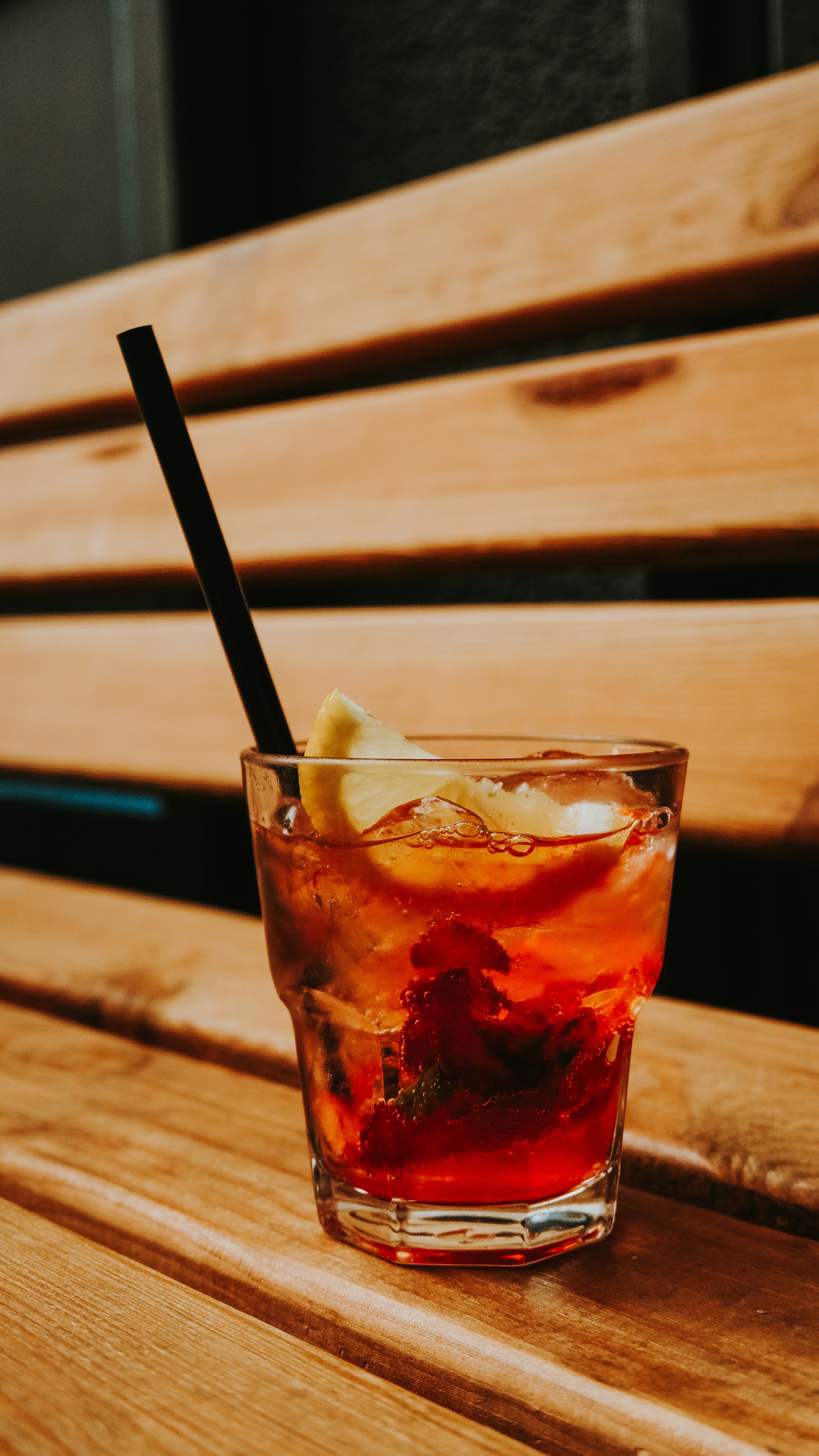Monthly trending articles on ConnectClue
The crispy tortilla chips called Nachos are made using flour, corn flour and oil. While the delicious dip called salsa is prepared using tomatoes and other vegetables, which can tempt anyone. The combination of nachos and salsa is an addictive option that you will keep on munching.
|
S.no
|
Ingredients
|
Quantity
|
|
1
|
Maize flour
|
150 gm
|
|
2
|
Refined flour
|
100 gm
|
|
3
|
oil
|
tablespoon
|
|
4
|
salt
|
teaspoon
|
|
5
|
Turmeric powder
|
A pinch
|
|
6
|
Carom seeds
|
teaspoon
|
Method:
1. Sieve both of the flours along with salt. Also add oil and carom
seeds and mix well.
2. Make stiff dough with about ? cup of warm water. Knead well till
smooth and keep aside for 30 to 40 minutes.
3. Again knead the dough.
4. Make small balls and roll out into thin chapatis as thin as
possible on a floured surface.
5. Prick the chapatis with a fork.
6. Cut the chapattis into 4 or 8 triangles; follow the same process
for other remaining dough.
7. Deep fry on medium flame till they turn golden in color. Remove it
out on brown papers or napkins.
8. Serve with salsa.
Post updated on: Sep 25, 2021 2:36:50 PM
|
Ingredients
|
Quantity(gms.)
|
|
Flour
|
550
|
|
Sugar
|
55
|
|
Shortening
|
55
|
|
Salt
|
8.25
|
|
Milk Powder
|
16.5
|
|
Yeast
|
27.5
|
|
Bread Improver
|
5.5
|
|
Vanilla essence
|
2.75
|
|
Egg
|
82.5
|
|
Water
|
247.5
|
|
Nutmeg
|
1.65
|
Method: -
Post updated on: Sep 24, 2021 2:49:52 AM
Post updated on: Sep 24, 2021 1:22:55 AM

Post updated on: Sep 21, 2021 7:06:48 AM
We Indian love to cook with spices.
A spice is a seed, fruit, root, bark, or other plant substance primarily used for flavoring, coloring or preserving food. Spices are distinguished from herbs, which are the leaves, flowers, or stems of plants used for flavoring or as a garnish. Many spices have antimicrobial properties, which may explain why spices are more prominent in cuisines originating in warmer climates, where food spoilage is more likely, and why the use of spices is more common with meat, which is particularly susceptible to spoiling. Spices are sometimes us Spices are the foundation for Indian cooking. They can transform any dish into a tasty meal and give life to even the simplest ingredients. Used in medicine, religious rituals, cosmetics or perfume production .Indian cuisine uses many different spices (masala), not just for a layering effect of flavors, but also for their nutritional/medicinal values which are rooted in Ayurveda.
Some common spices-
Cardamom
There are two kinds of cardamom used in Indian cooking: green and black. Green is the more common variety, used for everything from spice mixes to lassis to Indian desserts. The flavor is light and sweet, with a mild eucalyptus note. Green cardamom can be blended whole when making spice mixes, like garam masala, however when using them in sweets or desserts, you would pop the pod open and lightly crush the fragrant black seeds before using.
Black cardamom, on the other hand, is very powerful and smoky, and needs to be used with a lot of caution. Normally only the seeds would be used, and if using the whole pod, it?s best to pull it out before serving the dish, as it can be very spicy to bite into.
Clove
Clove is a common spice in Indian cooking and its anise notes are easily recognizable in many Indian preparations. The strong, almost medicinal flavor of clove comes from the concentration of essential oils. Cloves are technically flowers, and a lot of their oils are pressed out before they are dried and used in cooking. Cloves can be used whole or blended into spice mixes. They do need to be used with caution, however, as they can tend to overpower more delicate spices.
Cumin-Cumin derives from the parsley family and is used to add a smoky note and a robust aroma to most Indian curries and vegetables. Fried in its dry form and roasted before use, cumin seed is usually the first spice added while cooking Indian dishes. It is also dry roasted and converted to powder before being added to dishes like pudding and buttermilk. It is used to flavor rice, stuffed vegetables, many savory dishes and curries
Turmeric
Another spice belonging to the ginger family, turmeric is probably the most commonly used spice in India. Turmeric was predominantly used as a dye and in Siddha medicine for thousands of years. Derived from the roots of Curcuma Longa, a leafy plant native to India, turmeric has an earthy consistency, and a warm aroma and taste. Mainly used for its flavor and color, turmeric also has antiseptic qualities and is therefore used for its health benefits as we.
Saffron
Saffron is the most expensive spice in the world. Originating in Kashmir and derived from the stigma of crocus flowers, saffron is believed to be more valuable than gold. The most striking feature of this spice is its pungent, honey-like aroma. The deeper the color of saffron, the purer it is. It is often used after being soaked in water or milk, which softens its strong aroma and taste.
Black pepper is actually native to India, primarily from the Western Ghats and Malabar region. It is a surprisingly hard spice to grow, as it depends on many natural cycles, like a set amount of rainfall, which is why prices for fresh pepper vary a lot.
Like most spices, black pepper needs to be toasted before blending. For the best flavor, however, fresh black pepper can also be ground directly into dishes.
Mustard seeds
Mustard seeds can be yellow, black, or brown and are used interchangeably in Indian cooking. The flavor of mustard seeds is released when they are crushed or cooked in oil. Their smoky, nutty flavor is a staple in curries and curry powders, and mustard oil is commonly used in the North of India
.Fenugreek
Fenugreek is an herb similar to clover that is native to the Mediterranean region, southern Europe, and western Asia. The seeds are used in cooking, to make medicine, or to hide the taste of other medicine. Fenugreek seeds smell and taste somewhat like maple syrup. Fenugreek leaves are eaten in India as a vegetable.
Curry leaves
Base ingredient for different type of tadkas (tempering).An aromatic herb used to enhance flavor for mostly vegetarian dishes. Highly used in Western and South Indian cuisine.
Nutmeg
Nutmeg is the spice made by grinding the seed of the fragrant nutmeg (Myristica fragrans) tree into powder. The spice has a distinctive pungent fragrance and a warm slightly sweet taste; it is used to flavor many kinds of baked goods, confections, puddings, potatoes, meats, sausages, sauces, vegetables, and such beverages as eggnog. The seeds are dried gradually in the sun over a period of six to eight weeks. During this time the nutmeg shrinks away from its hard seed coat until the kernels rattle in their shells when shaken. The shell is then broken with a wooden club and the nutmegs are picked out.
Indian Bay Leaves {Tej Patta} ? Tej patta, which translates to ?pungent leaves,? are Indian bay leaves that originate on the southern slopes of the Himalayas. They are an integral ingredient in many North Indian dishes and are very different from European laurel bay leaves. These olive-green leaves are larger with three veins running through them, and have a milder aroma, similar to that of cinnamon bark.
Coriander
Coriander is commonly found both as whole dried seeds and in ground form. Roasting or heating the seeds in a dry pan heightens the flavour, aroma, and pungency. Ground coriander seed loses flavour quickly in storage and is best ground fresh.. They are the main ingredient of the two south Indian dishes sambhar and rasam.
Red Chili Powder
Red chili powder is made from the seeds of red chilies. Being the hottest part of the chili, the powder is exceptionally strong and used in small quantities. Originating in the Americas, the powder was introduced to India by the Portuguese and has since become an integral part of Indian cooking. The chili is also used in its whole form in various South Indian curries
Mace
. The nutmeg tree (myristica fragrans) is the only tree that produces two separate spices. The fruit contains a hard pit known as nutmeg, while the lacy red membrane surrounding it is mace. Mace spice is a common ingredient in Northern European cooking, appearing in hearty vegetable dishes, cream sauces, and sausages. In baking, ground mace spice can be used as a substitute for nutmeg; its mellower flavor is especially nice with fruits or delicate pastries. It?s also delicious in pumpkin pie or baked winter squash dishes
Kokum-
Similar to tamarind, kokum skins are usually available as dried rind or fruit, and infused in hot water. The deeper the colour the better the kokum. It will keep in an airtight jar for about a year.Kokum has the same souring qualities as tamarind, especially enhancing coconut-based curries or vegetable dishes like potatoes, okra or lentils. Kokum is especially used with fish curries, three or four skins being enough to season an average dish. It is also included in chutneys and pickles.
Post updated on: Sep 18, 2021 1:15:45 AM
- Adequate moisture
- Moderate temperature
- Mildly acidic conditions
- Fermentable carbohydrates
- Essential minerals
- Fermentable matter gets used up
- Waste products get accumulated around the cells, carbon di oxide, alcohol, acids and esters .
- Rise in temperature
- Modification of Ph conditions
- Mellowing of gluten.
Post updated on: Aug 31, 2021 5:21:16 PM
|
S.No
|
Ingredients
|
Quantity
|
|
|
|
|
|
1.
|
Penne
|
500 gm
|
|
2.
|
Oil
|
2 tablespoon
|
|
3.
|
Onion fine chopped
|
100 gm
|
|
4.
|
Garlic fine chopped
|
20 gm
|
|
5.
|
Tomatoes (blanched, seeded and chopped)
|
600 gm
|
|
6.
|
Basil leaves
|
As required
|
|
7.
|
Tomato puree
|
200 gm
|
|
8.
|
Seasoning (salt, pepper)
|
To taste
|
|
9.
|
Parmesan cheese
|
For garnish
|
|
10.
|
Red chili flakes
|
To taste
|
|
11.
|
Oregano
|
To taste
|
Post updated on: Aug 1, 2021 9:13:22 AM
Post updated on: Jul 31, 2021 2:01:30 AM
|
S.no
|
Ingredients
|
Quantity
|
|
1
|
Castor
sugar
|
230 gm
|
|
2
|
Cocoa powder
|
60 gm
|
|
3
|
egg
|
2
|
|
4
|
Refined flour
|
85 gm
|
|
5
|
salt
|
? teaspoon
|
|
6
|
Baking powder
|
? teaspoon
|
|
7
|
Chopped walnuts
|
100gm
|
|
8
|
Yellow butter
|
115 gm
|
|
9
|
Vanilla essence
|
? teaspoon
|
Post updated on: Jul 30, 2021 1:34:47 AM
Post updated on: Jul 28, 2021 9:26:25 AM
|
S.no
|
Ingredients
|
Quantity
|
|
1
|
Lady?s finger (Bhindi)
|
500 gm
|
|
2
|
Red chilly powder
|
4 gm
|
|
3
|
Gram flour
|
20 gm
|
|
4
|
Corn flour
|
15 gm
|
|
5
|
Chaat masala
|
10 gm
|
|
6
|
Oil
|
To fry
|
|
7
|
Salt
|
To taste
|
Post updated on: Jul 27, 2021 4:57:45 AM
|
Ingredients
|
Quantity
|
|
Butter
|
130 gm
|
|
Brown
Sugar
|
120 gm
|
|
Breakfast
sugar
|
80 gm
|
|
Salt
|
1 gm
|
|
Eggs
|
64 gm
|
|
Flour
|
200 gm
|
|
Baking
Soda
|
2 gm
|
|
Choco
Chips
|
150 gm
|
Post updated on: Jul 21, 2021 7:48:01 AM
Types of Leavening agents-
1. Chemical - Baking soda and baking powder are common chemical leavening agents. Baking soda is basically sodium bi carbonate. Baking powder is baking soda and some acids. We use them in Cookies, Cakes and brownies etc.
2. Biological - Yeast is a biological leavening agent. It is a living microorganism. The scientific name of yeast is Saccharomyces cerevisiae . Yeast acts on sugar in dough and converts it into alcohol and carbon dioxide. It helps in fermentation process in bread making.
3. Mechanical- Creaming and whisking are examples . In creaming we mix fat and sugar and make bakery products. In cookies also we use this method. We prepare meringue ( mixture of egg white and sugar) by whisking.
4 . Natural- In Dhokla ,product rises due to steam . We use fruit salt , gram flour, oil, sugar, salt and lemon juice and water in preparation of dhokla. Dhokla is very famous dish in Gujarat. In Choux pastry also steam acts as a leavening agent.
5. Combination- Vanilla buns, Fruit cakes are some examples of combination process where whisking, creaming and chemical raising agents are used to finish the product.
Post updated on: Jul 20, 2021 6:58:48 AM

Post updated on: Jul 17, 2021 11:36:21 AM
Italy is a country with hundreds of cities, thousands of bell towers and hundreds of recipes. One of the things that draws most attention to Italian food is that each dish maintains a strong historical character. A single bite can revive the most representative periods of the country and helps you understand its culture better. Italians brought with them Italian street food such as pizza and pasta which became very popular on the streets of the United States as well. Italy produces the largest amount of wine in the world and is both the largest exporter and consumer of wine. Olive oil is used mostly in Italian food. Basil has been called the queen of Italian herbs. It is the heart of pesto, pasta ,tomato salads and most other recipes in Italian cuisine. Herbs used are parsley, sage, oregano, rosemary etc. From Gorgonzola to Asiago, mozzarella to fontina, Parmesan to provolone, Italy?s cheeses are world renowned !
Some famous Italian dishes-
1. Pizza- It is a savoury dish ,usually round base of leavened wheat based dough,topped with tomatoes,cheese and various ingredients,which is then baked at high temperature.
2. Penne with Arrabiata sauce-Pasta with spicy sauce made from garlic,tomatoes and red chilli peppers cooked in olive oil.
3. Fussily pesto- Pasta with basil based green pesto sauce.
4. Polenta- It is basically cornmeal porridge.
5. Mushroom Risotto- Italian rice dish cooked with broth(soup)
6. Lasagne- It is pasta preparation filled with cheese and herbs.
7. Potato Gnocchi- These are prepared with potatoes, eggs, flour and herbs; served with pesto sauce.
8. Tagliatelle with ragu-It is a pasta preparation with meat based sauce.
9. Cannelloni with tomato sauce- Cylindrical pasta with tomato sauce and cheese.
10. Spaghetti with formaggio- Spaghetti with bechamel and cheese.

Post updated on: Jul 14, 2021 9:18:01 PM
|
S. No.
|
Ingredients
|
Quantity
|
|
|
1
|
Split Red Gram
|
30 gm
|
|
|
2
|
Tomatoes
|
115 gm
|
|
|
3
|
Coriander leaves
|
? bunch
|
|
|
4
|
Lemon
|
|
1
|
|
5
|
Curry leaves
|
a few
|
|
|
|
For tempering
|
|
|
|
6
|
Oil
|
|
10 ml
|
|
7
|
Red chillies
|
2
|
|
|
8
|
Mustard seeds
|
1 tsp
|
|
|
9
|
Curry leaves
|
1 sprig
|
|
|
10
|
Black gram
|
2 gm
|
|
|
11
|
Cumin
|
|
a pinch
|
|
12
|
Asafoetida
|
a pinch
|
|
|
13
|
Salt
|
|
to taste
|
|
14
|
Green chillies
|
5 gm
|
|
Post updated on: Jul 5, 2021 8:36:57 AM
- Foundation ingredients
- Fats and oil
- Raising agent
- Eggs
- Salt
- Liquid
- Flavoring and Seasoning
- Sweetening agent
- Thickening agents
- When heated, egg whites stiffen a mixture,
while egg yolks make it smooth, rich and slightly thick.
- Eggs are important in enhancing soup and
sauces and in binding, stuffing and purees
- In baked custards, the egg white sets the milk or cream until firm, while the egg yolk enriches it.
- Egg whites are also used to clarify stock for consomm? and aspic.
- Whole eggs or even just the egg yolks mixed with little water, form an excellent golden glaze for bread and pastries.
- Eggs are baked in the oven at 163? C in their shells so that they are tender, with coagulated white and slightly thickened egg yolk.
- Yolks of eggs are used for emulsification,
as in mayonnaise sauce.
- Similarly, whole eggs alone or mixed with a a tablespoon or two of water or oil, act as a binder for coatings for foods
to be deep-fried.
Sweetening agent: When sweetening is used with other
food it enhances the combined sensation of color and flavor of the dish produces
it also add its own sweetness and is a versatile food product its uses in the
kitchen it is varied. The types of sweetening used are sugar, treacle ( syrup obtain in refining sugar), jaggery or molasses,
syrups such as golden syrup, corn syrup, maple syrups, jam , honey and fruit
juices
- Thickening with egg, blood, cream
- Thickening with starchy vegetables like potato, tapioca etc.
- Density: The quality or condition of being dense
- Thick : Heavy in form, build, or stature
- Thin: Not dense or concentrated
- Gel: A colloid in which the disperse phase has combined with the
dispersion medium to produce a semisolid material, such as a jelly.
- Emulsion : A suspension of small globules of one liquid in a second
liquid with which the first will not mix
- Liaison: a particular consistency normally made of cream or milk with
egg yolk which can give a smooth prominent coating on a surface.
- Washing: washing of ingredients like vegetable, meat, fish etc to
remove the superficial dirt from the outer surface.
- Peeling : spoilt, soiled and in edible portions are removed. Skin of
vegetables or fruits is either peeled or scrapped the outer layer can be
stripped by steam or by blanching.
- Cutting : reducing to small pieces with a knife.
- Chopping :when a similar result is obtained when a chopping knife
or with a mechanical food chopper, the process is called chopping (small
pieces )
- Grating : reducing to small particles by rubbing on a rough surface,
as in grating lemon peels, cheese etc.
- Grinding : reducing to small fragments by crushing, as in grinding
spices, or coffee in a mill or on a grinding stone.
- Mashing : this is a method of breaking up of a soft food with pressure,
with a potato masher, or with a fork.
Post updated on: May 30, 2021 1:06:04 AM
Post updated on: May 29, 2021 4:49:17 AM
Post updated on: May 29, 2021 12:52:52 AM
Discover your area of interest
Advertisement
Art & entertainment
Astrology & spirituality
Cooking
Culture
Current affairs
Education
Fashion
History
Hotel management
Industry
Medical & fitness
Motivational
Politics
Real life stories
Sports
Story & poetry
Technology
Top in search
Tourism
More recent categories
fashion(Public)
By: Exact
Healthcare BPO Solutions(Public)
By: Gavin
Buy Gold Nuggets in Cameroon(Public)
By: nkongsamba
Gold for sale in Cameroon(Public)
By: nkongsamba
Rough Diamonds in Asia(Public)
By: nkongsamba
Others(Public)
By: Gavin
Education(Public)
By: claire
Technology(Public)
By: Sai
Preschool(Public)
By: BrainBunny
Education(Public)
By: James














